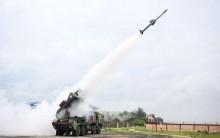1 of 4

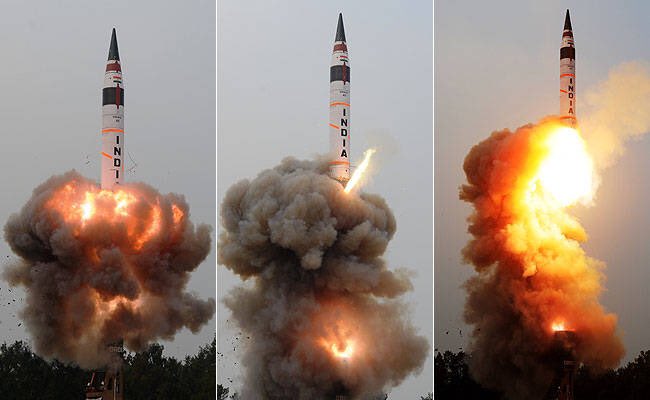
India on Monday successfully test-fired its indigenously developed intercontinental surface-to-surface nuclear-capable ballistic missile Agni-V from the Abdul Kalam Island off the Odisha coast in Balasore district. This is the fourth and final test of the missile, developed and successfully tested by the Defence Research and Development Organisation (DRDO) under the Integrated Guided Missile Development Programme, according to defence sources.
2 of 4

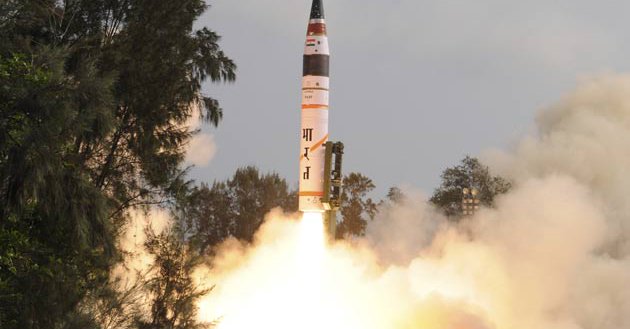
It was launched around 11.05 a.m. from a mobile launcher complex-4 of the Integrated Test Range (ITR), the sources said. "We are analysing the test launch after collecting information from radars. The report suggests it is a successful launch," said an official source.
Advertisement1
3 of 4
![On January 31, the canisterised version of the missile was successfully test-fired. Speaking about the Agni-V missile, V.K. Saraswat, former DRDO chief and Niti Aayog member, said: "Right from the beginning, the missile was designed for the canisterised version." Agni 5,Agni 5 Successfully Test,India's longest range Nuclear Capable Missile,Nuclear Capable Missile,Agni-V,Abdul Kalam Island,Odisha coast,Balasore district]()
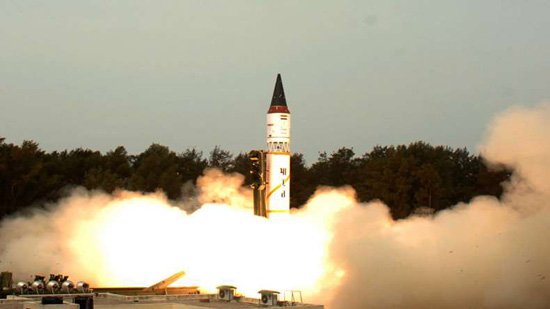
On January 31, the canisterised version of the missile was successfully test-fired. Speaking about the Agni-V missile, V.K. Saraswat, former DRDO chief and Niti Aayog member, said: "Right from the beginning, the missile was designed for the canisterised version."
4 of 4
!["Agni-V has all the capability to meet evolving threat and operational requirement of India. Now, we should look for introduction of force multipliers like MIRV (multiple independently targetable re-entry vehicle) in the missile." The Agni-V missile, in its operational form is designed to be stored and launched from the canister, enhancing its storage, operational readiness, transportability, response time and shelf life. Agni 5,Agni 5 Successfully Test,India's longest range Nuclear Capable Missile,Nuclear Capable Missile,Agni-V,Abdul Kalam Island,Odisha coast,Balasore district]()
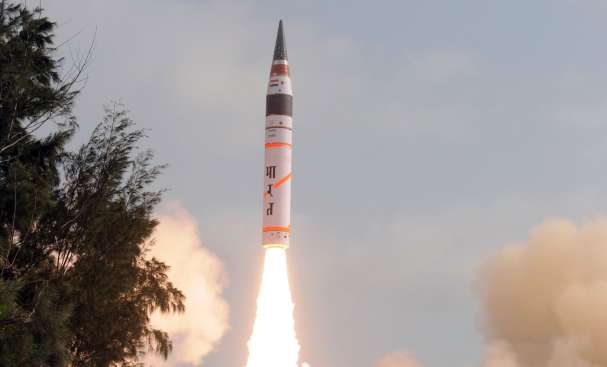
"Agni-V has all the capability to meet evolving threat and operational requirement of India. Now, we should look for introduction of force multipliers like MIRV (multiple independently targetable re-entry vehicle) in the missile." The Agni-V missile, in its operational form is designed to be stored and launched from the canister, enhancing its storage, operational readiness, transportability, response time and shelf life.


